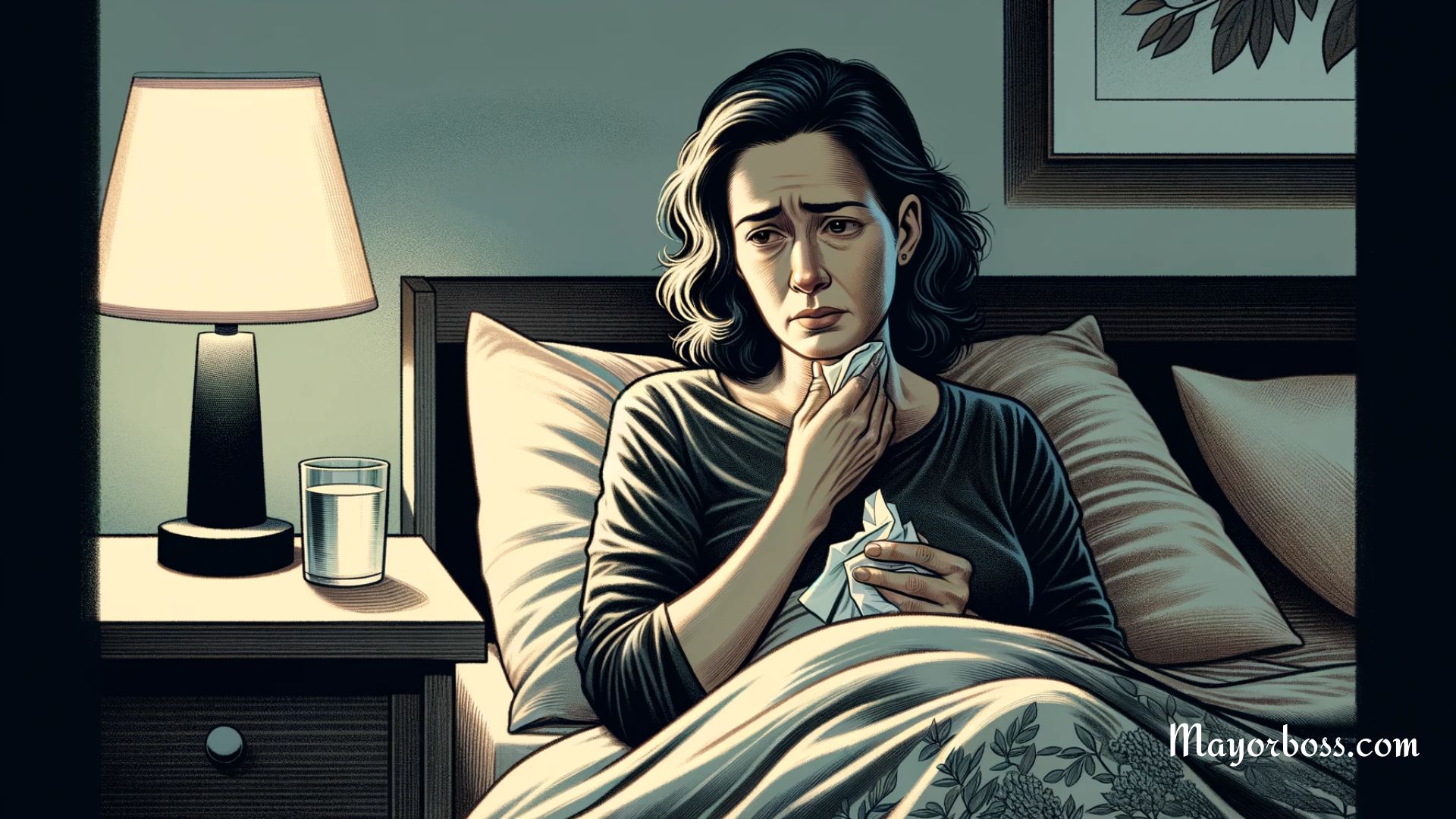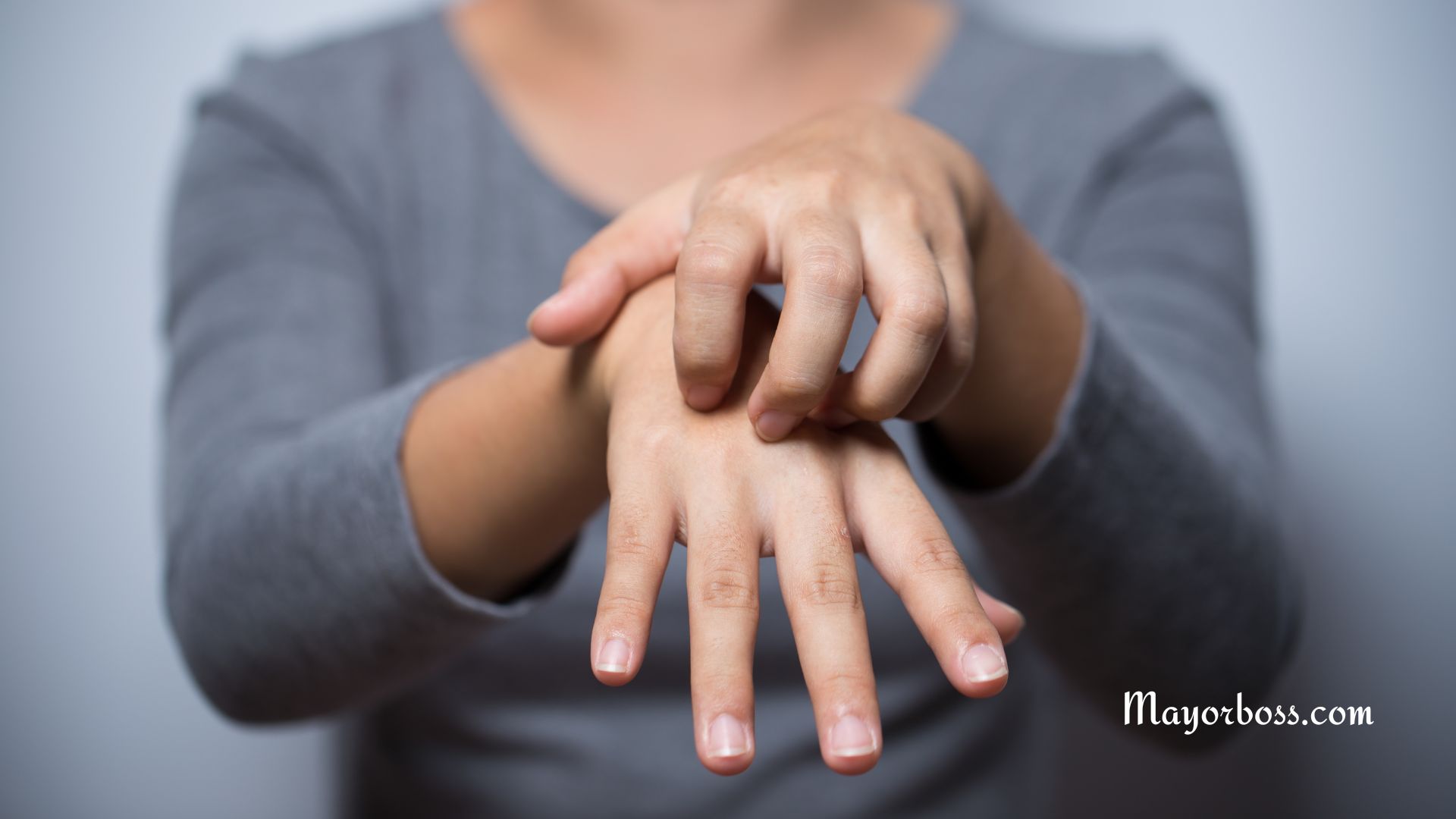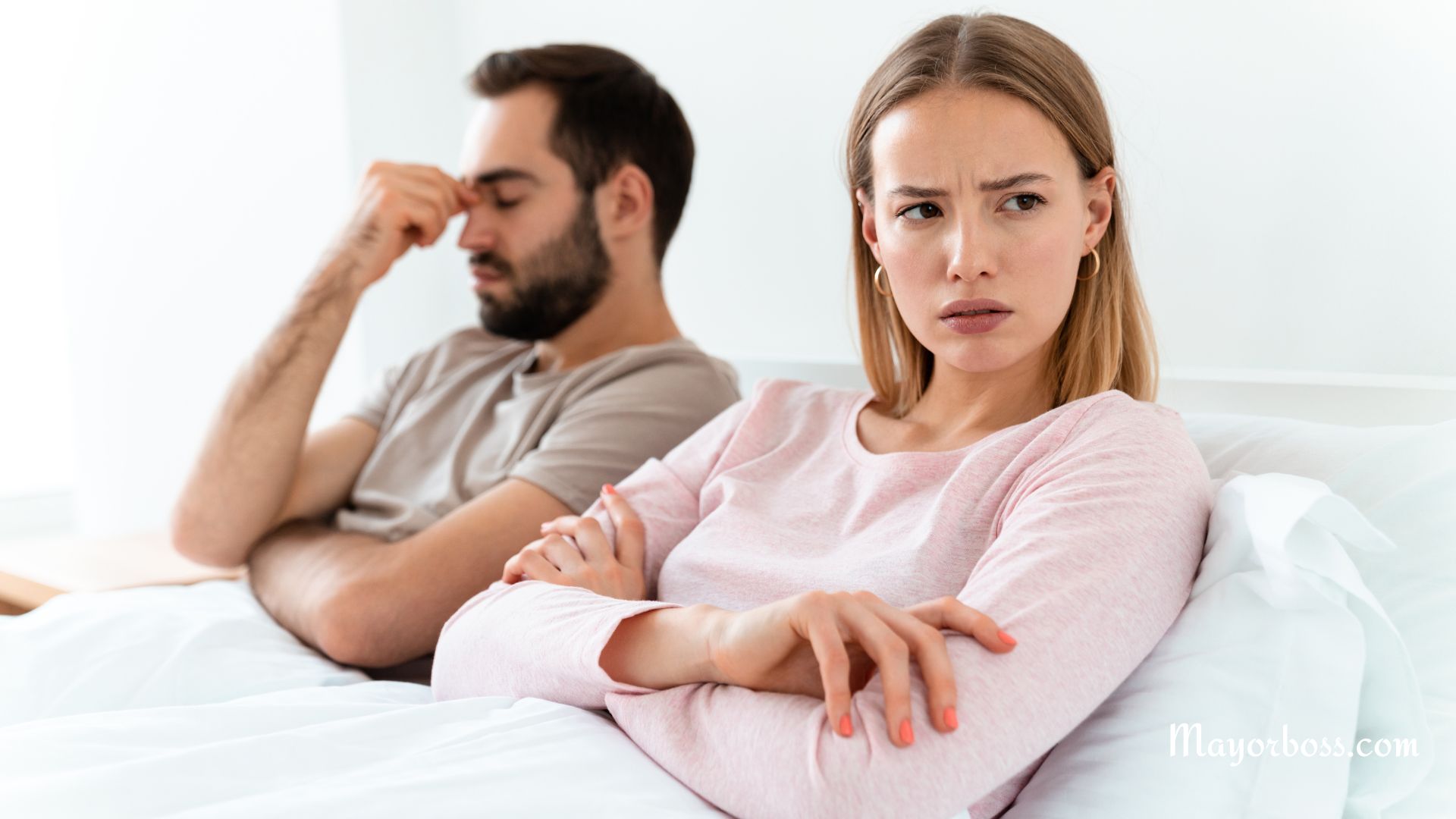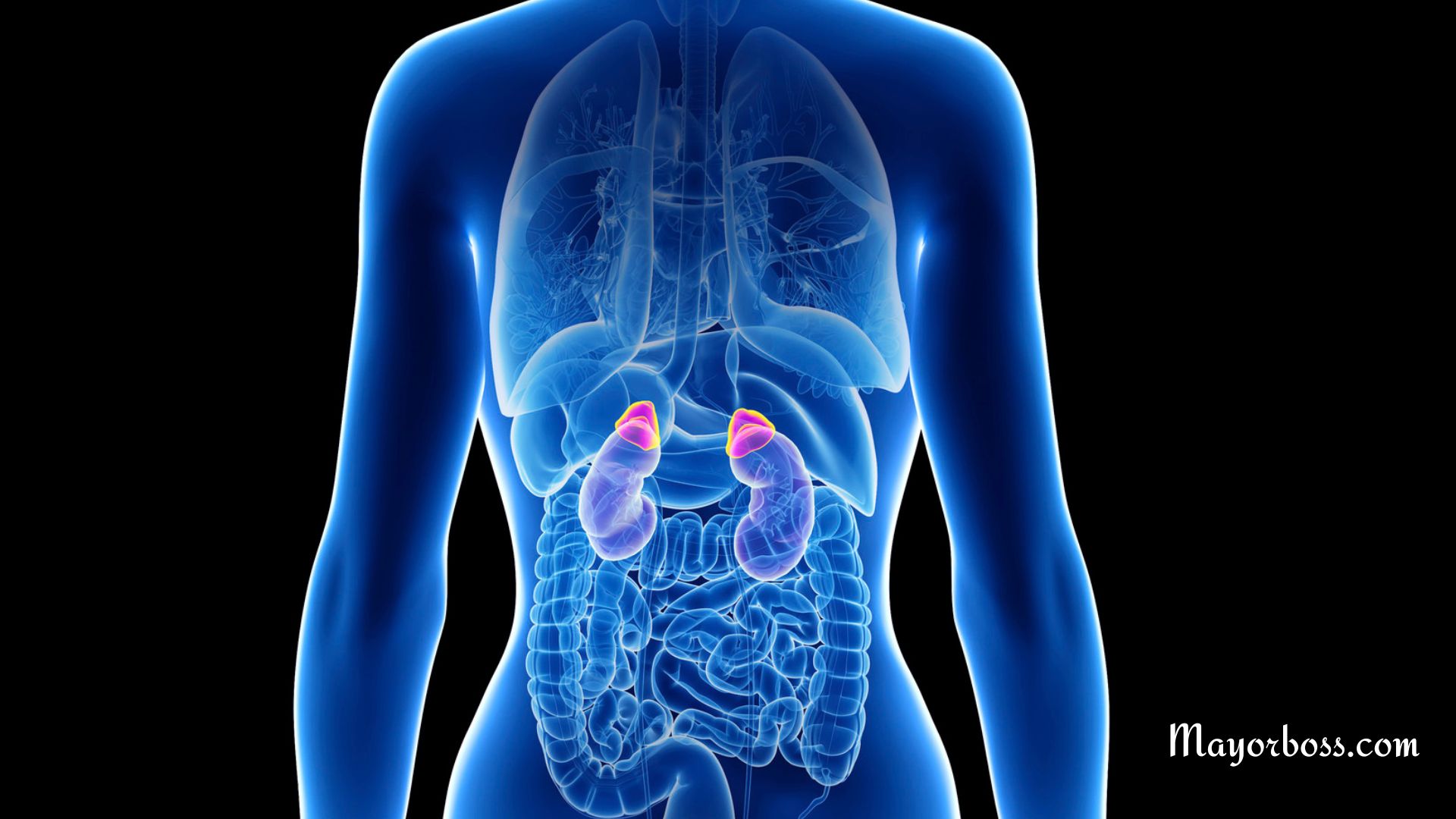6 Signs of Carbon Monoxide Poisoning
Carbon monoxide (CO) is a dangerous, odorless gas that can be produced by various household appliances. Inhaling even small amounts can be harmful. The most common signs of CO poisoning include headaches, dizziness, upset stomach, and nausea. Knowing these signs can save lives.
What Is Carbon Monoxide?
Carbon monoxide is defined as a colorless, odorless gas that may kill you when inhaled in large amounts. So, why should you care? Well, many household appliances like gas stoves, heaters, and fireplaces produce CO. Sometimes, poor ventilation or appliance malfunctions can result in dangerous CO levels. That’s why it’s crucial to be aware of the warning signs of poisoning.
Early Signs: Don’t Ignore These Symptoms of Carbon Monoxide Poisoning

1. Headache
One of the earliest signs of CO poisoning is a headache. If you suddenly develop a headache when using a gas-powered appliance, it’s essential to get fresh air immediately.
2. Dizziness and Confusion
Another sign to watch out for is dizziness or confusion. These symptoms might be subtle at first but can become severe if not addressed.
3. Nausea and Vomiting
Feeling nauseous or even throwing up can also indicate CO poisoning. If you notice this symptom, especially when paired with others like headache or dizziness, it’s time to take action.
4. Upset Stomach
An upset stomach is another telling sign of CO poisoning. If these symptoms show up, especially alongside a headache, nausea or dizziness, it’s a clear warning.
5. Shortness of Breath
When CO levels rise, you may experience shortness of breath. This is a more severe symptom that indicates a higher level of exposure.
6. Loss of Consciousness
Losing consciousness is an extreme symptom of CO poisoning. If you or anyone else exhibits this sign, seek medical help immediately.
Who Is at Higher Risk?
Children and the Elderly
Children and the elderly are more susceptible to the effects of CO. Therefore, it’s crucial to pay extra attention if you have these individuals in your home.
Pets
Yes, even your furry friends can be affected by CO poisoning. If your pet is acting unusually lethargic or seems unresponsive, this could be a red flag.
Prevention: How to Keep Your Home Safe
Install CO Detectors
The best way to keep tabs on CO levels in your home is by installing detectors. They alert you when levels become dangerous, giving you the time to act.
Regular Appliance Checkups
Ensure your gas-powered appliances are regularly inspected for faults that might result in CO emissions.
Ventilation
Proper ventilation can help disperse low levels of CO, reducing the risk of poisoning. So, make sure to keep windows open when using gas appliances.
When to See a Doctor
If you experience any of these symptoms: headache, dizziness, vomiting, shortness of breath, upset stomach, and confusion, consult a healthcare professional immediately. Time is of the essence when dealing with CO poisoning. And don’t forget, many of these symptoms are easily mistaken for flu or food poisoning, so it’s better to be safe than sorry.
Frequently Asked Questions
What Are the First Symptoms of CO Poisoning I Should Watch Out For?
The earliest symptoms of carbon monoxide poisoning often mimic those of common illnesses, making them easy to overlook. You should be alert for sudden headaches, dizziness, and an upset stomach or nausea. If you experience these symptoms in the presence of gas-powered appliances, it’s crucial to move to fresh air immediately.
How Do I Know if My Pets Are Affected?
Your furry friends can also fall victim to carbon monoxide poisoning. Signs that your pet might be affected include unusual lethargy, lack of responsiveness, or even vomiting. If you notice these symptoms in your pet, along with any symptoms in yourself, consider it a serious warning and act swiftly.
What Should I Do if I Suspect CO Poisoning?
If you suspect CO poisoning, the most immediate action is to get to fresh air as quickly as possible. Turn off all gas appliances and open all windows and doors for ventilation. Seek medical attention right away, especially if more than one person is showing symptoms or if symptoms persist.
Who Is Most Vulnerable to CO Poisoning?
Certain groups are more susceptible to the effects of carbon monoxide. Children and the elderly are at higher risk due to their lower metabolic rates and reduced ability to process CO. If you have these individuals in your household, you’ll want to be extra vigilant about monitoring symptoms and maintaining your gas-powered appliances.
How Can I Prevent Carbon Monoxide Poisoning in My Home?
Prevention is key when it comes to carbon monoxide poisoning. Installing CO detectors is one of the most effective ways to keep your home safe. Additionally, ensure that your gas-powered appliances are checked regularly by qualified technicians. Proper ventilation is also vital; always keep windows open when using gas appliances to allow any CO to dissipate.






